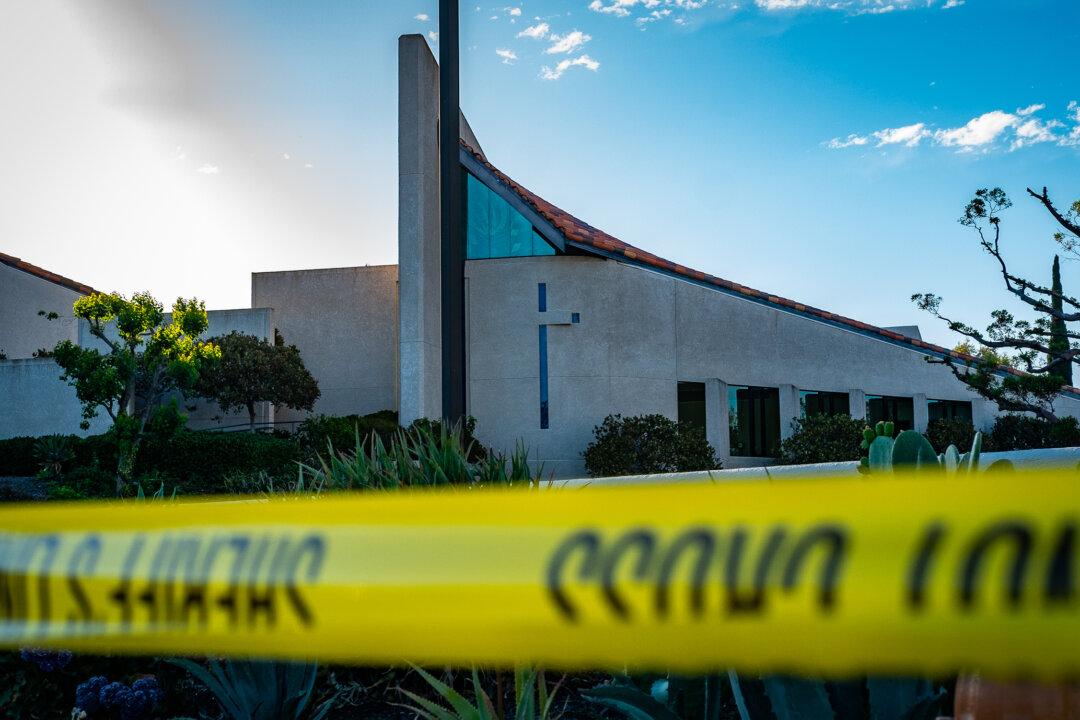As the fentanyl epidemic leads hundreds to an early death each year in Orange County, the county’s Board of Supervisors vowed, during a Jan. 25 meeting, to stand with law enforcement to combat the threat of fentanyl.
“In our community, we lost a young man and his girlfriend. ... They thought they were taking Xanax,” Supervisor Katrina Foley said. “They ended up dying in each other’s arms, and my friend, their mom, found them asleep.”




